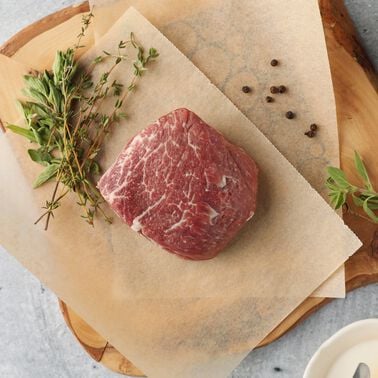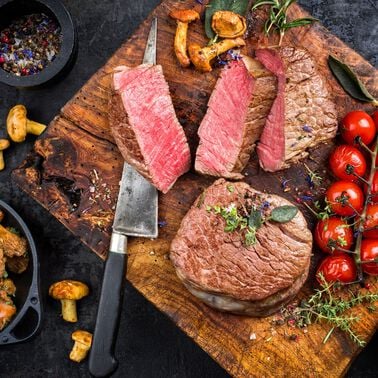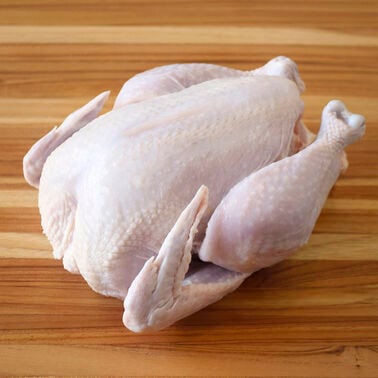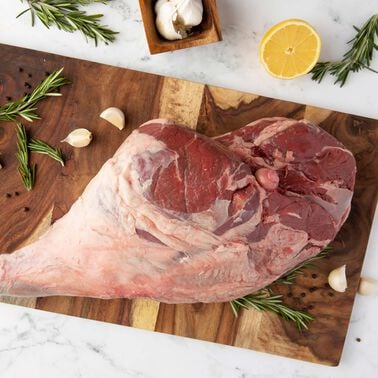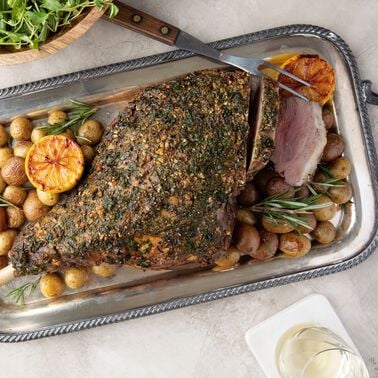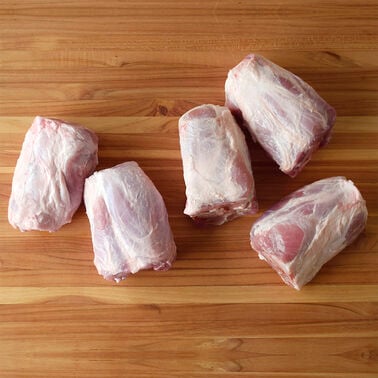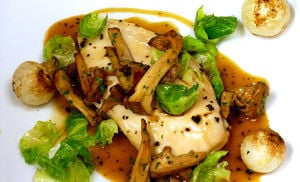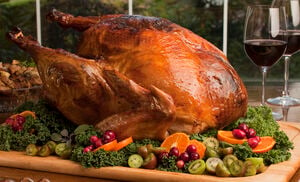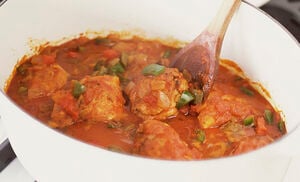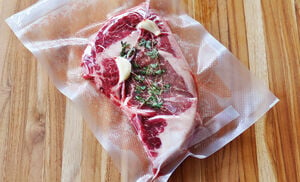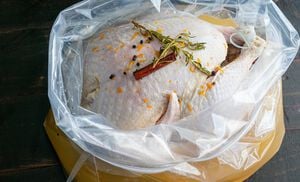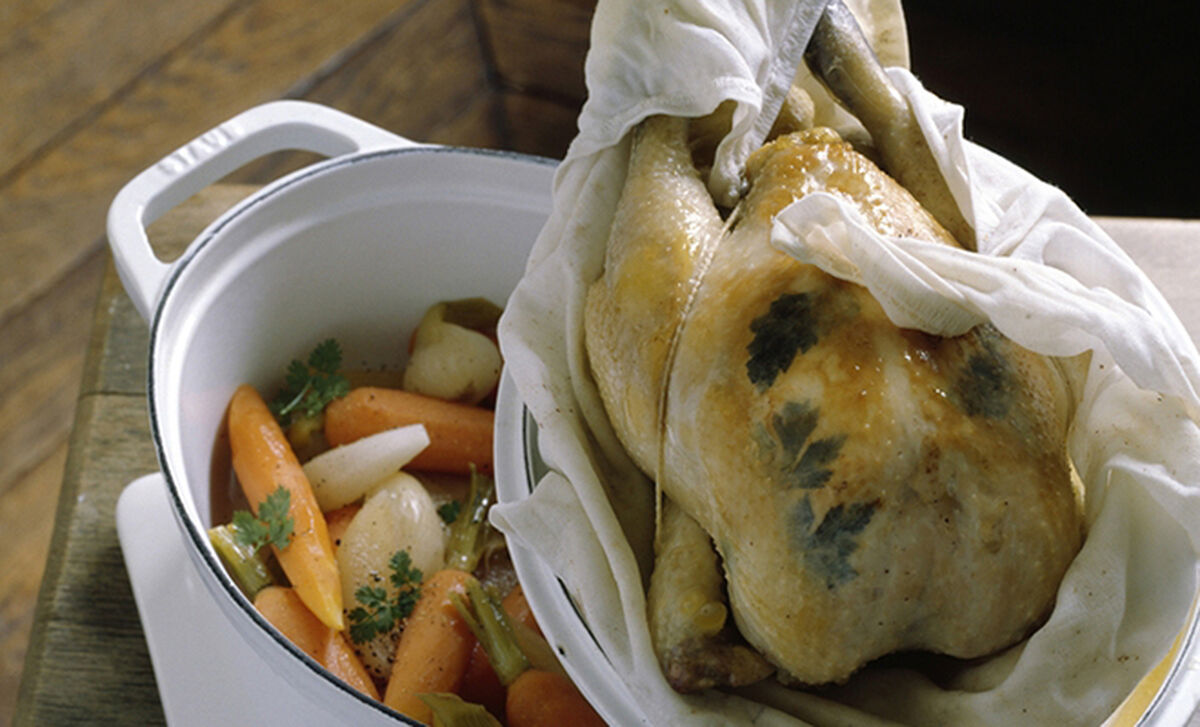
It’s Not Just for Eggs!
While poached eggs are certainly delicious, they’re not the only proteins that work well with this method. Poultry, such as chicken, capon, poussin and even duck, is excellent poached. The delicate flesh absorbs the aromatics you season the liquid with. Lean beef cuts are also suitable for poaching, like filet. What poaching does not do is tenderize so stay away from tough or fibrous cuts, such as shoulder, brisket or stew meat. Lamb can be absolutely delicious when poached as well. There are many recipes for poaching leg of lamb but other cuts such as chops or tenderloin are suitable too.
Special Equipment
Not much in the way of equipment is needed for poaching. Use a stockpot or Dutch oven or straight-sided sauce pan large enough to hold your meat completely submerged in cooking liquid. Kitchen twine is needed if you’re cooking whole birds, as they should be trussed when poaching. An insta-read thermometer is also important as you want to cook the meat through without over cooking it.
Liquid Gold
One of the great advantages of poaching is its simplicity. The one key to successful and flavorful poached meat is the poaching liquid. One of the most common poaching liquids is traditional court-bouillon, which is a broth made by cooking mirepoix, a clove-studded onion and bouquet garni with water and wine or lemon juice. Any flavorful meat stock or bone broth works beautifully, as does wine. Poaching in fat puts you directly on the path to succulent meat. Try olive oil poaching for red meat. Experiment with coconut milk or butter poaching for poultry, fish and seafood. Whichever cooking liquid you choose just make sure it’s generously seasoned. Aromatics such as garlic, onion, herbs and spices add flavor as does vinegar, citrus, wine or liquor.
Keep it juicy!
For moist and juicy results, poach meats at a low temperature. A good rule of thumb to keep in mind is: start whole birds and larger cuts of meat in cold liquid and smaller pieces or delicate cuts in liquid that’s up to poaching temperature. All meats should cook in liquid close to the boiling point, which will kill any surface bacteria, for at least one minute then reduce the heat to barely a simmer to finish cooking through.
Quick Tips
- What poaching won’t do is give you a browned crust or skin. When poaching poultry, it’s advised to remove the skin before serving.
- If you’re dead-set on having a little crisp and color on your poached meat, you can always give it a quick sear over intense heat just before serving.
- Poached meats can be served both hot and cold. Poached chicken for example, makes wonderful leftovers and can be incorporated into cold salads, shepherd’s pie or tacos.
- Besides meat and eggs, fruit is also delicious poached. Try poaching pears or other firm fruits in wine or simple syrup with a split vanilla bean.
